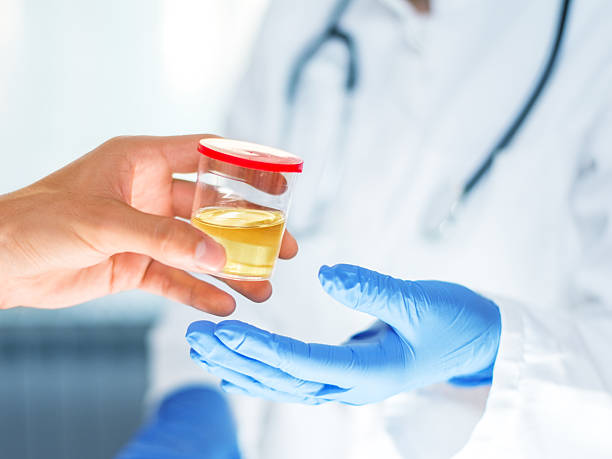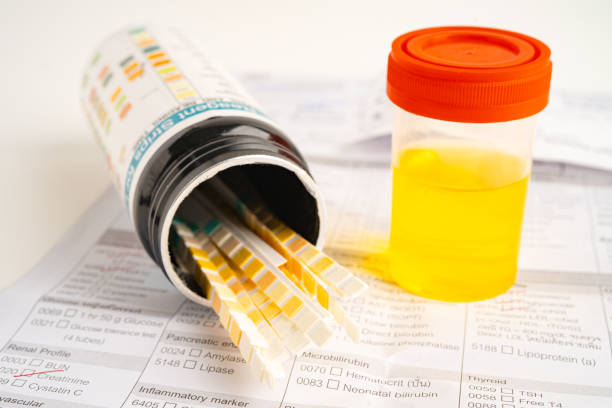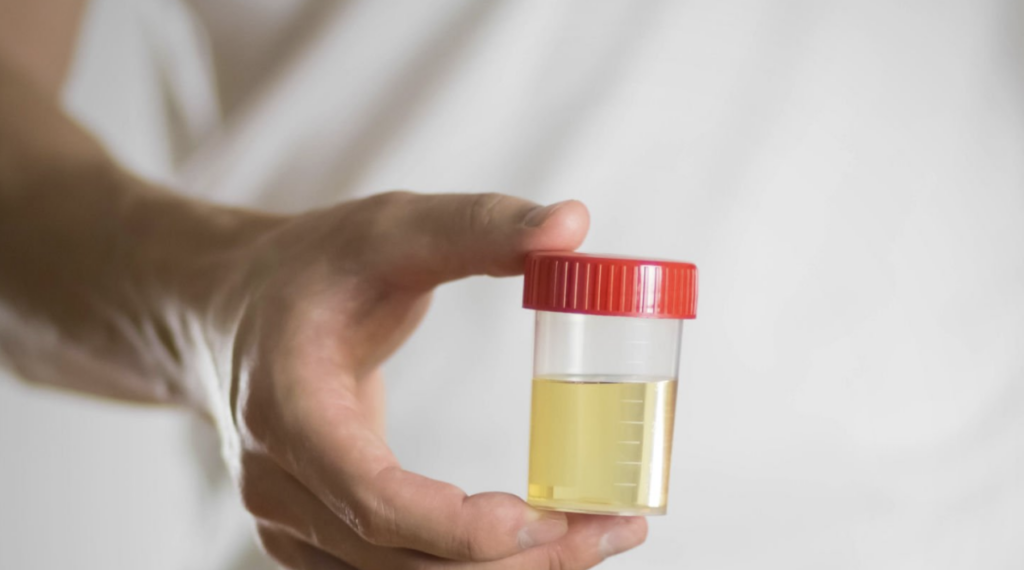Health
What Is The Most Healthy Urine Color
Maintaining good health is an important component of life that includes food, exercise, and regular check-ups. However, several people miss the significance of monitoring their urine color, which might reveal significant information about their health. Urine color can indicate hydration status, the presence of certain medical diseases, and the efficacy of specific drugs. As a result, it is critical to grasp the most healthy urine color and its implications for your health.
Urine color can range from pale yellow to dark amber and is influenced by a variety of factors including nutrition, hydration, and medications. Generally, the most healthy urine color is pale yellow or straw-colored, indicating that the person is well-hydrated. Darker urine hues, such as amber, brown, or red, may suggest dehydration, the presence of certain medical disorders, such as liver disease, or the usage of specific drugs. As a result, it is critical to monitor your urine color and seek medical assistance if you observe any major differences.

Understanding Urine Color
Urine color might indicate an individual’s general health. Urine color might change based on hydration status, nutrition, medications, and underlying health issues. In this section of the article, we’ll look at the various colors of urine and what they can tell us about a person’s health.
Normal Urine Color
Urine’s usual color ranges from pale yellow to amber. This color is caused by the presence of urochrome, a pigment created when the body breaks down hemoglobin in red blood cells. The color’s intensity can vary, but as long as it falls between pale yellow and amber, it is deemed typical.
Hydration and Urine Color
One of the most important elements influencing urine color is hydration. When a person is properly hydrated, their urine is often pale yellow. When someone is dehydrated, their urine becomes darker and more concentrated, appearing amber or brownish.
Drinking plenty of water throughout the day is vital for maintaining a healthy urine color. In addition to hydration, many foods and drugs can influence urine color. For example, eating beets can make urine appear reddish, whilst taking B vitamins can make urine appear brilliant yellow.
Finally, urine color can indicate a person’s overall health and hydration level. Urine’s usual hue ranges from pale yellow to amber, however this might change depending on a variety of variables. Staying hydrated by drinking plenty of water throughout the day is critical for maintaining a healthy urine color.

Factors Affecting Urine Color
Urine color varies from person to person and might alter due to a variety of causes. Understanding the elements that influence urine color can help people identify whether their urine color is normal or if there is an underlying problem.
Diet and Urine Color
One of the most important elements that might influence urine color is nutrition. Certain meals and beverages may cause urine to look darker or lighter. Consuming foods like beets or blackberries, for example, can cause your urine to turn red or pink. Similarly, drinking plenty of water might cause urine to appear clear or pale yellow.
Medications and Supplements
Certain drugs and supplements can also alter urine color. Certain drugs and supplements contain colors that can make urine look darker or brighter. For example, taking B-complex vitamins can cause your urine to turn bright yellow. Furthermore, some drugs used to treat specific medical diseases, such as phenazopyridine for urinary tract infections, might cause urine to become orange.
Medical Conditions
Several medical problems can influence urine color. Changes in urine color can be caused by liver illness, renal disease, or urinary tract infections. Hematuria, or the presence of blood in the urine, can cause it to appear reddish or dark. Porphyria is an uncommon hereditary condition that can make urine appear dark purple or brown. Rhabdomyolysis, a disorder in which muscle tissue degrades, can cause urine to turn dark brown or crimson.
Overall, it is critical to monitor changes in urine color and seek medical assistance if issues arise. Understanding the elements that influence urine color can help people make more educated health decisions.

Abnormal Urine Colors and Health Implications
Red or Pink Urine
Red or pink urine can indicate the presence of blood in the urine. Blood in the urine can be caused by a variety of conditions, including kidney stones, urinary tract infections, and cancer. Certain medications or foods can sometimes cause red or pink urine. If you notice crimson or pink urine, you should seek medical attention.
Orange Urine
Orange urine might indicate dehydration or a lack of water intake. It may also be induced by specific medications or foods. If orange urine is accompanied by additional symptoms such as abdominal pain or fever, it could indicate a problem with the liver or bile ducts. It is critical to get medical attention in this situation.
Blue or Green Urine
Specific drugs or foods might cause blue or green urine. In rare situations, it may suggest a medical ailment such as a urinary tract infection or a liver problem. If you notice blue or green urine, you should see a doctor very away.
Dark Brown or Amber Urine
Dark brown or amber urine may indicate dehydration or a lack of water intake. It may also be induced by specific medications or foods. If dark brown or amber urine is accompanied by additional symptoms like abdominal pain or fever, it could be a sign of a kidney or liver condition. It is critical to get medical attention in this situation.
Overall, urine color can indicate various medical issues. It is critical to monitor any changes in urine color and seek medical assistance if needed.
When to Consult a Healthcare Professional
Urine color can be an indicator of a person’s health, but it is not always accurate. If the color of your urine is odd or is accompanied by other symptoms, you should see a doctor.
If a person’s urine is persistently dark yellow or amber in color, it may indicate dehydration. However, if the urine is persistently dark or reddish in color, it may indicate a more significant underlying health concern. In this circumstance, it is critical to seek medical assistance promptly.
If a person feels pain or discomfort while peeing, it could indicate a urinary tract infection (UTI). UTIs are common and easy to treat with medications. However, if left untreated, they can progress to more severe consequences.
Kidney stones can cause pain and discomfort when urinating, as well as blood in the urine. If a person suspects they have kidney stones, they should see a urologist or a healthcare provider.
Blood in the urine can also be an indication of bladder or renal malignancy. While this is uncommon, it is critical to seek medical assistance if blood is routinely seen in the urine.
Diabetes can sometimes impact the color of your urine. If a diabetic sees a change in the color of their urine, they should contact their healthcare provider.
Overall, if a person is concerned about the color of their urine or has any associated symptoms, they should seek medical attention. It is always preferable to err on the side of caution and seek medical assistance if needed.
Conclusion
Finally, recognizing the different hues of urine might provide useful information about one’s hydration status and overall health. While pale yellow is widely regarded as the best color, variations might suggest hydration, diet, and potential health issues. Regularly monitoring urine color and making appropriate hydration and dietary adjustments will help you achieve your best health and well-being. Finally, being mindful of the color of your urine is a simple yet powerful way to promote hydration and overall wellness.
Journey of self discovery


